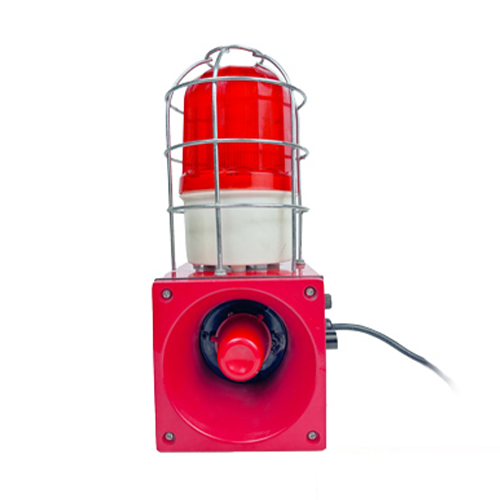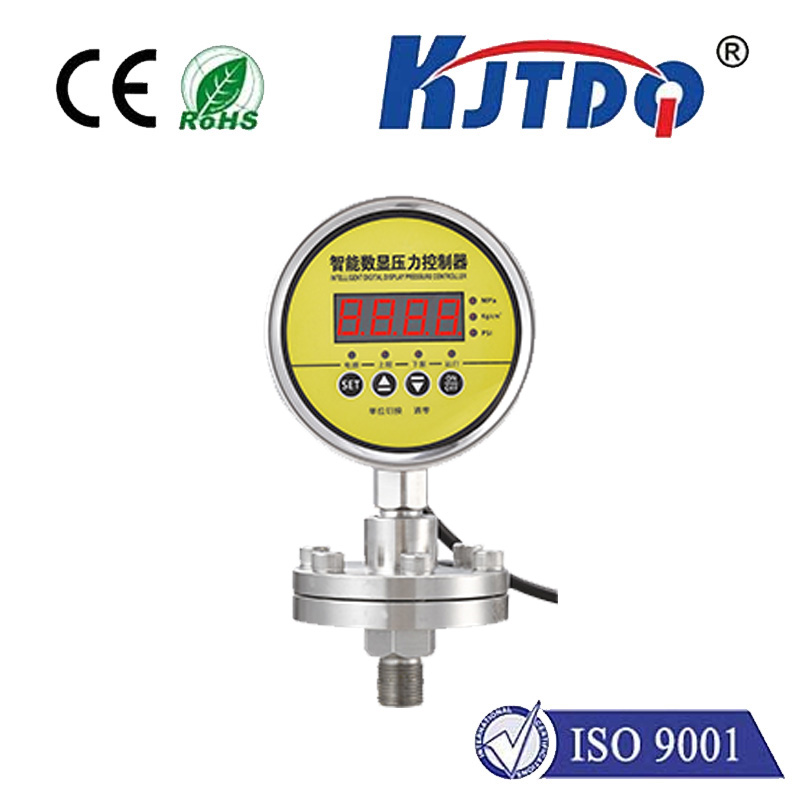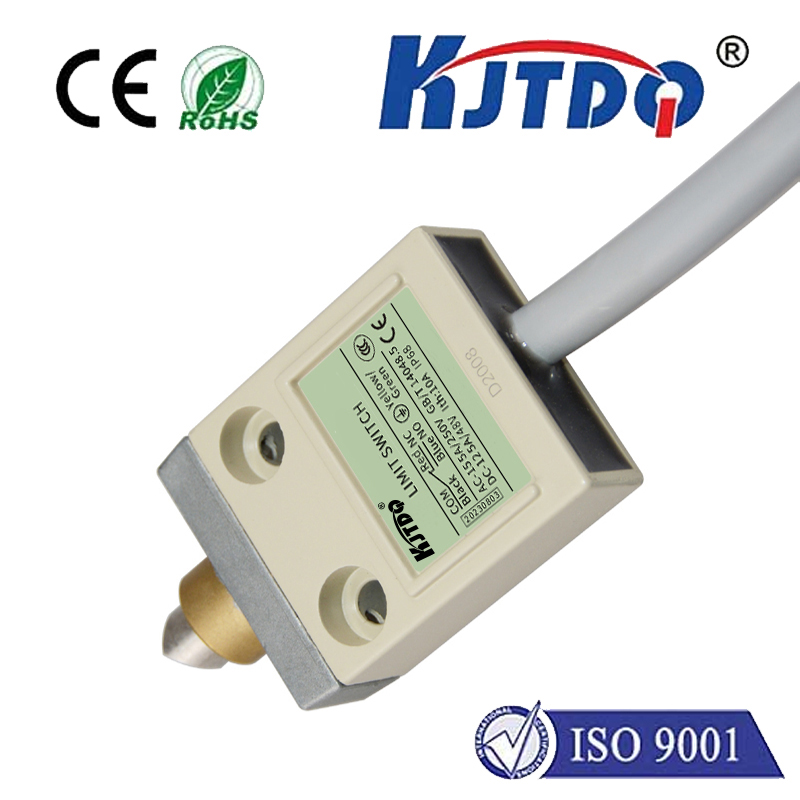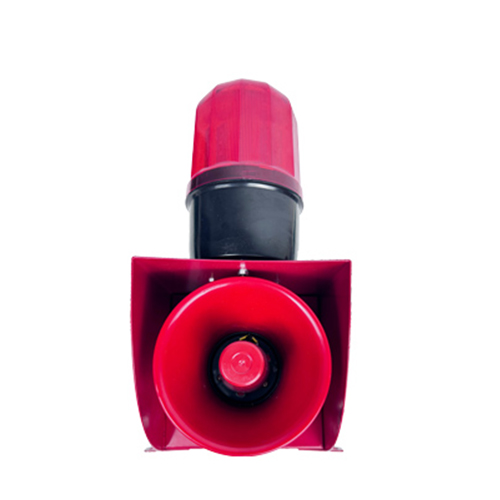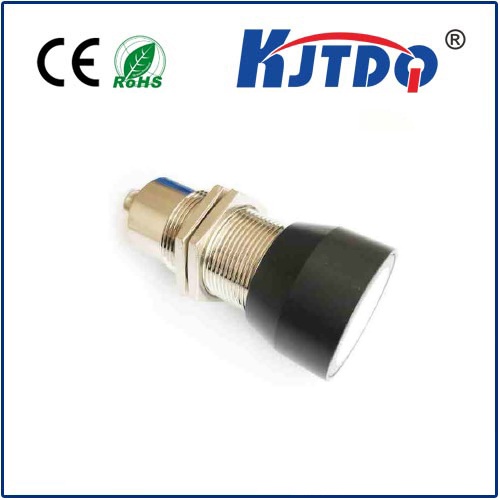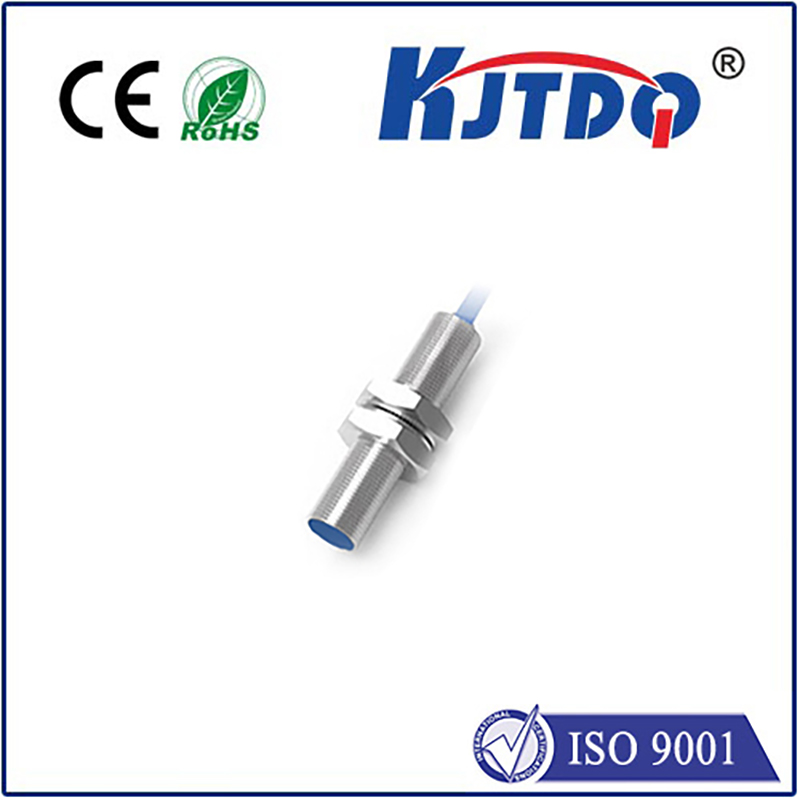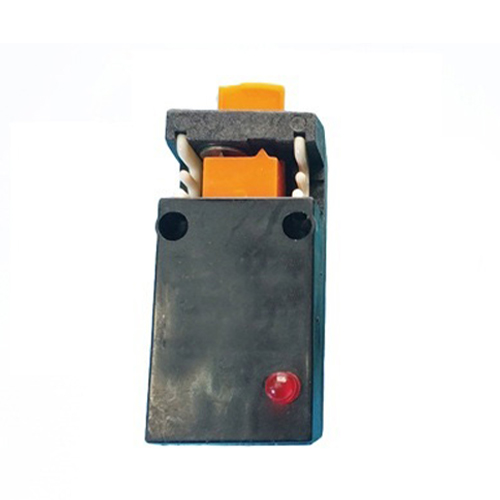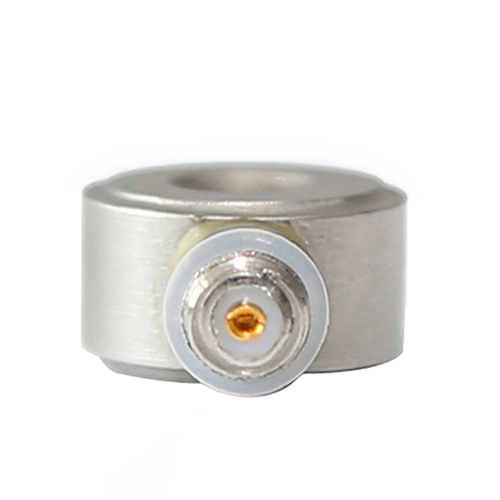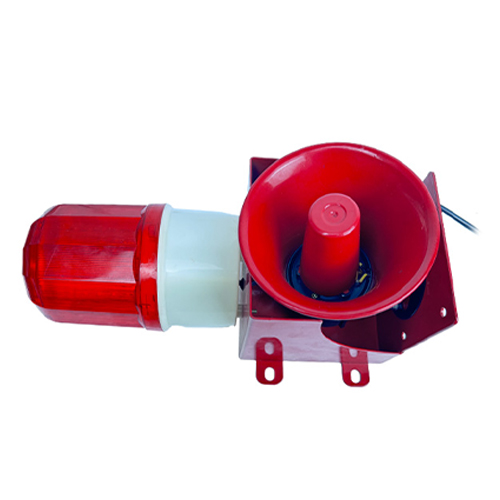dpdt limit switch
- time:2025-08-02 01:05:38
- Click:0
Unlocking Reliability: The Critical Role of DPDT Limit Switches in Industrial Control
In the intricate dance of modern machinery and automated systems, precision and safety are non-negotiable. There exists a silent guardian, a fundamental component often overlooked yet vital: the DPDT limit switch. Understanding its function and advantages isn’t just technical jargon; it’s about ensuring operational integrity, enhancing safety protocols, and designing robust control circuits. This essential device serves as a cornerstone for reliable position sensing and circuit control.
Simply put, DPDT stands for Double Pole, Double Throw. This designation reveals its core capability:
- Double Pole (DP): This means the switch has two separate, electrically isolated circuits that it can control independently but simultaneously. Think of it as two completely separate switches mechanically linked to operate together.
- Double Throw (DT): This means each of those two poles has two distinct positions or outputs. Essentially, each pole has a common terminal © that can connect to either one of two other terminals (Normally Open - NO, or Normally Closed - NC), depending on the actuator’s position.
When combined into a limit switch – a device specifically designed to detect the presence or absence, or the position, of an object – the DPDT configuration unlocks significant advantages.

How DPDT Limit Switches Function
A DPDT limit switch operates based on physical actuation. Typically, a plunger, lever, roller arm, or whisker actuator extends from the switch body. When a moving machine part or object makes contact with this actuator:
- The actuator is physically depressed or moved.
- This mechanical action simultaneously moves both internal poles of the switch.
- Each pole transitions its common contact © from its default position:
- Contacts that were Normally Open (NO) close, completing a circuit.
- Contacts that were Normally Closed (NC) open, breaking a circuit.
- Importantly, both poles change state at precisely the same moment due to the mechanical linkage.
This action sends a distinct electrical signal to the machine’s control system, indicating the object has reached its designated limit or position.
The Compelling Advantages of DPDT Design
Why choose a DPDT limit switch over simpler SPDT (Single Pole, Double Throw) variants? The answer lies in its enhanced functionality and inherent safety features:
- Redundancy and Safety Signaling: This is often the primary reason. DPDT switches can provide two completely independent signals for the same event. One pole might be wired to stop a motor (critical safety function), while the other pole can simultaneously send a status signal to a control panel or PLC indicating “limit reached.” This redundancy is crucial for fail-safe applications where a single point of failure is unacceptable.
- Circuit Flexibility and Control: Having two separate circuits allows for complex control logic within a single, compact device. One pole could control a main operating circuit, while the other manages an indicator light, an auxiliary process, or a redundant safety interlock. This flexibility simplifies wiring and reduces the need for additional components.
- Simultaneous Control of Different Voltages/Systems: The electrical isolation between the two poles allows a single DPDT limit switch to safely control circuits operating at different voltages (e.g., a high-power motor circuit and a low-voltage PLC input) without risk of cross-circuit interference. This is impossible with a single-pole switch.
- State Verification: In critical safety systems, using both NO and NC contacts from different poles for monitoring the same limit position provides positive confirmation of the switch’s actual state, helping detect potential contact welding or failure.
Where DPDT Limit Switches Are Essential: Key Applications
The unique capabilities of DPDT limit switches make them indispensable in numerous demanding environments:
- Machine Safety Interlocks: Guard doors on presses, robots, or automated assembly lines. One pole cuts power to hazardous motion when the door opens, while the other sends a status signal to the PLC. This dual-channel safety is often mandated by regulations.
- Position Sensing in Complex Machinery: On CNC machines, packaging lines, or material handling systems, they provide precise end-of-travel signals for multiple axes simultaneously or control different functions (e.g., stopping motion and activating a clamp) at one position.
- Over-Travel Protection: Preventing damage if a mechanism exceeds its normal operating range. Dual signals can initiate emergency stops and system alarms concurrently.
- Elevator and Hoist Control: Critical for defining top and bottom limits, ensuring redundant stopping signals for passenger safety.
- Automated Guided Vehicles (AGVs): Used for docking verification and obstacle detection, providing both control commands and status feedback.
- Redundant Systems: Any application where backup signaling is required for high availability or safety integrity level (SIL) compliance.
Choosing the Right DPDT Limit Switch
Selecting the optimal DPDT limit switch involves careful consideration:
- Actuator Type: Roller arm, lever, plunger, or whisker? Match the actuator to the motion and force of the target object.
- Electrical Ratings: Voltage (AC/DC), current (amperage), and switching capacity (resistive vs. inductive loads) must meet or exceed the circuit requirements. Undersizing leads to premature failure.
- Environmental Protection (IP Rating): Dust, moisture, oils, and temperature extremes demand appropriate sealing (e.g., IP65, IP67+). Harsh industrial environments require robust protection.
- Mounting: Ensure the switch can be securely installed in the required position and orientation.
- Contact Material: Silver alloy contacts are common, but specific loads might require gold-plating for low-level signals or specialized materials.
Understanding the “DPDT” in your limit switch specification is more than deciphering an acronym; it’s recognizing the potential for enhanced safety, greater control sophistication, and improved system resilience. Whether safeguarding personnel through redundant emergency stops or enabling complex multi-circuit control from a single sensing point, the DPDT limit switch offers a level of versatility and reliability that simpler switches cannot match. When precision, safety, and robust control are paramount, specifying a DPDT configuration is often the most dependable engineering choice. Integrating these components effectively means designing systems where both functionality and fail-safes are inherently built-in.






